Shell Test Preparation
Valve Cleaning and Inspection
Remove impurities: Ensure that there is no oil, rust, welding slag and other residues in the inner cavity, sealing surface and connection parts of the valve body to avoid affecting the sealing or damaging the parts.
Appearance inspection: Check the surface of the castings such as the valve body and valve cover, which must meet the MSS SP-55 standard (no cracks, sand holes, pores and other defects).
Material compatibility: If water is used as the test medium for austenitic stainless steel valves, the chloride ion content must be ≤100 ppm to prevent stress corrosion.
Test Medium Selection
Common media: water, kerosene or non-corrosive liquid, temperature ≤52℃; gas (such as air or inert gas) requires the buyer’s consent.
Medium requirements: Rust inhibitors or water-soluble oils can be added to the liquid, but it must be avoided to affect the accuracy of leak detection.
Equipment and Installation
Test device: Use special fixtures or flange connections to ensure that the valve seat sealing is not affected when pressure is applied (such as the end clamping device needs to verify its applicability).
Pressure instrument: The accuracy of the calibrated pressure gauge must be higher than ±1% of the test pressure, and the range must cover 1.5-4 times the test pressure.
Valve state: The valve is in a fully open or half-open state, and the closing parts (such as gates, balls) must be in a non-sealed position to prevent the test pressure from damaging the sealing surface.
Shell Test Process
Pressure setting
Test pressure value: Generally 1.5 times the nominal pressure of the valve. For example:
800-pound valve: test pressure = 800×1.5 = 1200 psi (about 8.27 MPa).
According to the ASME B16.34 standard, the pressure value needs to be corrected according to the temperature (such as high temperature conditions require additional calculation)710.
Filling and holding pressure
Filling stage: slowly pressurize to 50% of the test pressure, check that there is no leakage at the connection, and then continue to increase to full pressure to avoid deformation caused by sudden pressure rise89.
Pressure holding time: Determine the minimum duration according to the valve specification (NPS):
Valve specification (NPS) Minimum pressure holding time
≤2″ : 60 seconds
2½”-12″ : 60 seconds
≥14″: 300seconds
Liquid medium: visually check that there is no visible leakage or wetness on the surface of the valve body, or use soapy water to check for bubbles.
Gas medium: Measure the leakage rate by drainage gas collection method or flow meter, which must meet the standard allowable value (such as no visible leakage).
Pressure Reduction and Post-processing
Slow pressure relief: avoid damage to the internal structure of the valve due to sudden pressure drop.
Drain and dry: After draining the test medium, dry the valve cavity thoroughly to prevent residual liquid from corroding parts (especially carbon steel valves).
Special Precautions
Bidirectional sealing valve: Pressure test is required at the inlet and outlet ends respectively to ensure bidirectional pressure bearing capacity.
Low temperature valve: The test temperature needs to be adjusted according to the order requirements to simulate the actual working conditions.
High-pressure gas shell test: It is only performed when specified in the order, and it must be performed after the hydraulic test, and the pressure is 110% of the design pressure.
Records and certification: Keep complete test records (pressure value, time, leakage, etc.), and issue a certificate of conformity in accordance with API 598.
Common Problems and Solutions
Excessive leakage: Check for damage to the sealing surface, casting defects or improper assembly, and retest after repair.
Pressure fluctuation: Ensure the pressure stabilization performance of the test equipment to avoid pressure instability caused by medium temperature changes or system leakage.
Material deformation: High temperature or high pressure may cause slight deformation of the valve body, and the dimensional tolerance needs to be rechecked after the test.


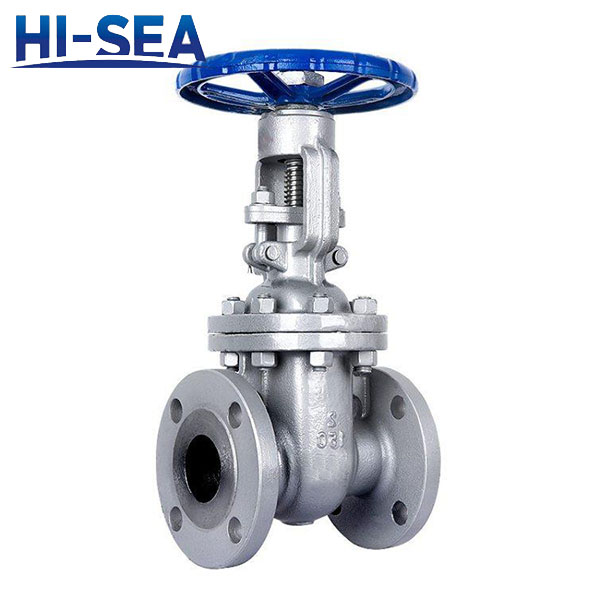
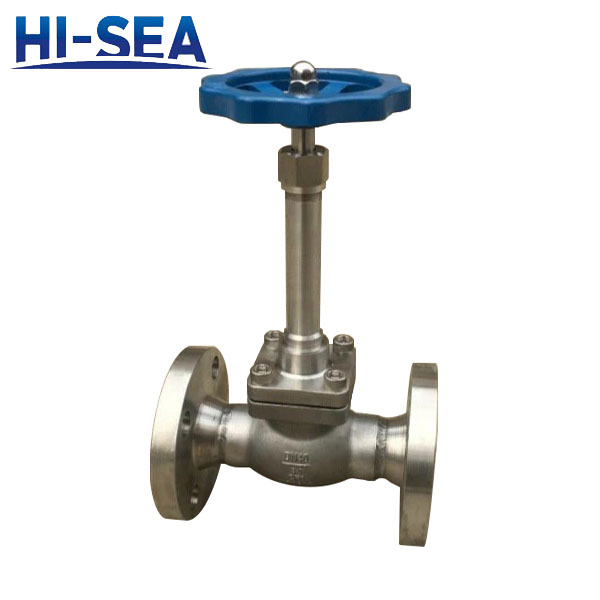
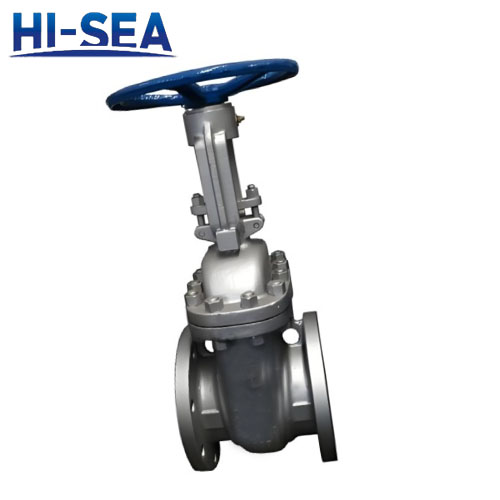
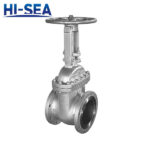 API 598-The Process of Shell Test
API 598-The Process of Shell Test API 598-Valve Test Standard and Test Time
API 598-Valve Test Standard and Test Time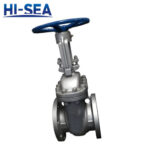 API 600 Valve Care and Maintenance Guide
API 600 Valve Care and Maintenance Guide